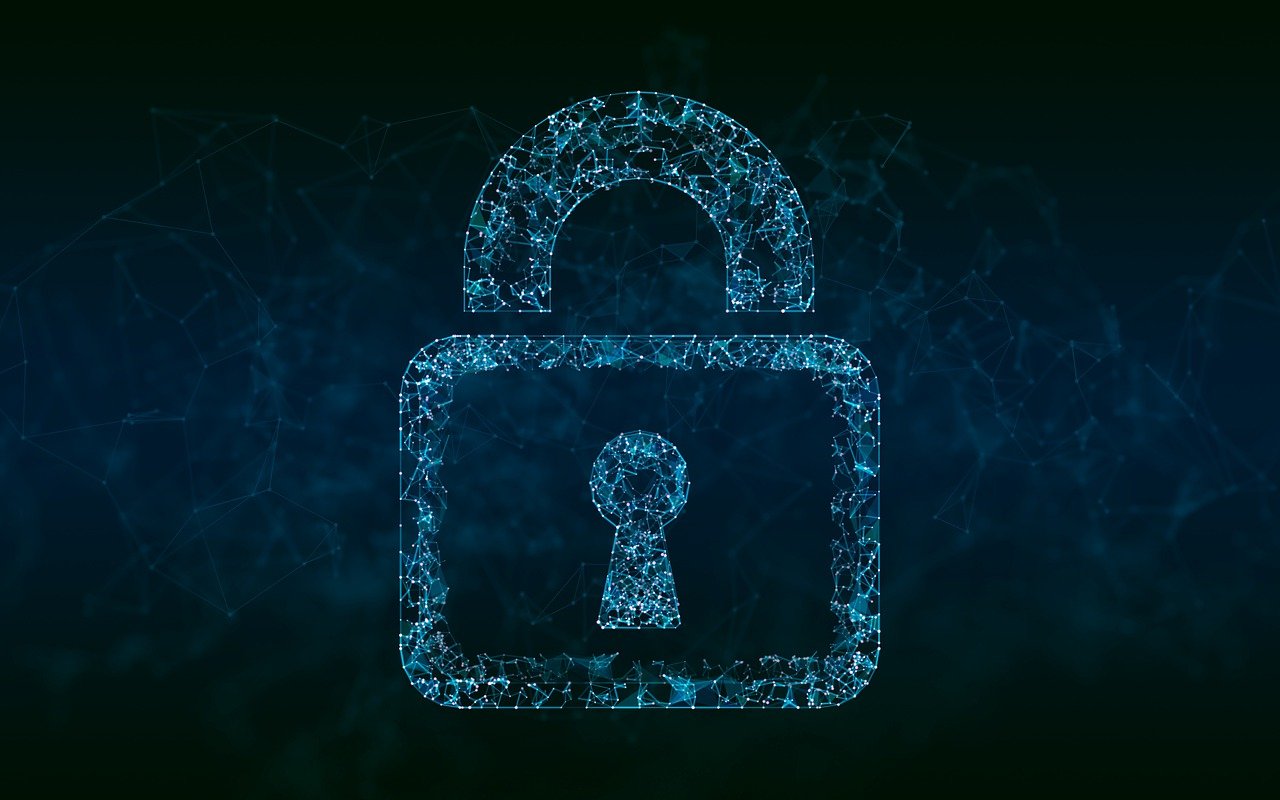· 5 min read
What is PKI | Definition and Meaning
Public Key Infrastructure (PKI) is a crucial framework in cybersecurity that manages digital certificates and public keys, ensuring secure communication and data protection.

Understanding Public Key Infrastructure (PKI)
Public Key Infrastructure (PKI) is a vital framework utilized in the realm of cybersecurity and information security. It is designed to manage, distribute, and verify digital certificates and public keys, ensuring secure communication and data protection. By examining its components, functions, applications, and vulnerabilities, one can appreciate the significance of PKI in contemporary security protocols.
What is PKI?
Public Key Infrastructure (PKI) is a collection of hardware, software, policies, and standards that work together to provide security in the digital world. It involves the management of digital certificates and the authentication of identities. At its core, PKI facilitates secure communications over insecure channels by enabling environments where data can be encrypted and secure transactions can be carried out.
Core Components of PKI
To understand PKI, it’s essential to delve into its main components. These include:
Digital Certificates: These serve as electronic credentials for individuals or organizations, linking them to their public keys. Certificates are issued by a Certificate Authority (CA) and include crucial details, like the owner’s public key and identity information.
Certificate Authority (CA): The CA is a trusted entity responsible for issuing and managing digital certificates. It validates identities before issuing certificates, ensuring that the binding between a certificate and a public key is secure.
Registration Authority (RA): The RA acts as a mediator between the user and the CA, handling requests for digital certificates. It verifies the legitimacy of the certificate requests on behalf of the CA.
Public and Private Keys: These cryptographic keys are fundamental to the functionality of PKI. The public key is distributed widely, while the private key is kept secure by the individual or organization using their digital certificate.
Key Management Systems (KMS): These systems handle the generation, storage, and distribution of keys. They ensure that keys are used securely and managed correctly throughout their lifecycle.
Mechanisms of PKI
PKI leverages asymmetric encryption, using pairs of keys for securing data. The public key encrypts data, which can only be decrypted by the corresponding private key. This ensures confidentiality and integrity in communications. Thus, when a user receives a message, they can verify the sender’s identity (authentication) and confirm that the message has not been altered (integrity).
Applications of PKI
Secure Email: PKI enables users to send and receive emails securely by encrypting the messages and ensuring the authenticity of the sender.
Digital Signatures: These serve as electronic fingerprints, providing non-repudiation and confirming the identity of the sender. Digital signatures are crucial in legal frameworks and contracts.
VPN Access: Organizations utilize PKI to secure virtual private network (VPN) connections, ensuring that only authenticated users can access sensitive data remotely.
Two-Factor Authentication (2FA): PKI tokens, including smart cards and USB tokens, serve as second factors in 2FA setups, adding an extra layer of security during authentication processes.
Secure Web Browsing: PKI underpins the SSL/TLS protocols used for secure browsing, ensuring that the data transferred between a user and a web server is encrypted.
The Role of PKI in Cybersecurity
In the context of cybersecurity, PKI plays a critical role in protecting sensitive information from threats. It ensures the authenticity of data and prevents unauthorized access, thus enhancing the overall security landscape. As cyber threats become increasingly sophisticated, the importance of a robust PKI system cannot be overstated.
Known Vulnerabilities in PKI
Despite its critical importance in cybersecurity, various vulnerabilities have been identified in PKI systems, impacting well-known brands and software. Here are some notable vulnerabilities:
CVE-2023-0665: Found in HashiCorp Vault’s PKI mount issuer endpoints, this vulnerability allowed unauthorized access to remove or modify an issuer metadata, potentially leading to denial of service of the PKI mount. It was fixed in Vault versions 1.13.1, 1.12.5, and 1.11.9.
CVE-2023-0690: Affected HashiCorp Boundary versions 0.10.0 through 0.11.2, where new credentials created after an automatic rotation might not have been encrypted properly and stored in plaintext on the worker’s disk. This was resolved in version 0.12.0.
CVE-2022-20694: In Cisco IOS XE software, a vulnerability in the RPKI feature could allow an unauthenticated remote attacker to crash the BGP process, causing a denial of service (DoS). Affected versions needed patches to mitigate the risk.
CVE-2022-21657: Affects Envoy, an open-source service proxy, where it accepted improperly validated certificates that could lead to the trust of malicious upstream certificates.
CVE-2022-25243: Vulnerable versions of Vault allowed the issuance of wildcard certificates to users despite restrictions in policy attributes. The issue has been fixed in later versions.
CVE-2022-41916: A denial of service vulnerability in the Heimdal PKI certificate validation library impacting KDC and kinit functionality; users were advised to upgrade to versions 7.7.1 or later.
CVE-2021-0281: In Juniper Networks’ JUNOS OS, specific packets from RPKI cache servers could cause a denial of service condition by restarting the routing process daemon (RPD) on affected devices.
CVE-2021-26606: Dream Security’s PKI solution had an authorization certificate validation issue that allowed arbitrary command execution through a crafted HTTP request.
Challenges and Considerations
While PKI offers numerous benefits, implementing and managing a PKI system comes with its challenges, including:
Complexity in Management: Deploying a PKI infrastructure requires careful planning and management, as improper configurations can lead to vulnerabilities.
Cost Implications: Maintaining a PKI system involves costs associated with hardware, software, and ongoing support.
Trust Issues: The security of a PKI system largely hinges on the trust placed in the Certificate Authority. If a CA is compromised, all certificates they issue can also be undermined.
Public Key Infrastructure (PKI) is an essential system for securing communication in the digital age. By employing a combination of cryptographic keys, digital certificates, and trustworthy entities like CAs, PKI provides a framework that enhances security, facilitates trust, and enables safe online interactions. As our reliance on digital platforms continues to grow, understanding and leveraging PKI will be critical in safeguarding our information and ensuring secure environments. This understanding also includes being aware of known vulnerabilities, enabling organizations to take proactive measures to secure their PKI implementations.

